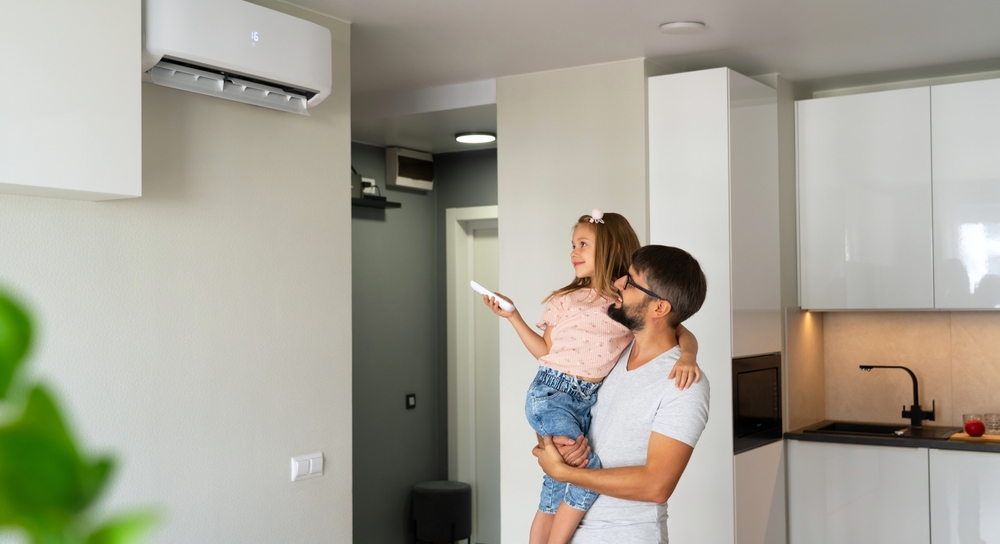
Design air conditioners: balancing aesthetics and cooling
There is no doubt that an air conditioner’s primary function is to make our homes comfortable during hot summer days. At the same time, thanks to technological advancements and an increasingly diverse market, users can now choose design-oriented units that best fit the style of their homes and personal preferences.
What are the best air conditioners on the market?
The new generation of air conditioners is characterised by power, versatility, and technologies that allow full integration with smart home systems, enabling remote cooling management.
The best models are those with a particularly high energy efficiency rating (from A to A+++). This means that while they have a minimal impact on energy consumption, they still deliver high performance with minimal energy effort. Environmental impact is also a consideration in the type of refrigerant gas used by the most advanced air conditioners. Compared to traditional gases, refrigerants like R290 and R32 are more environmentally friendly.
Those looking for the best air conditioners should also check whether they are equipped with inverter technology. This technology allows the unit to automatically set its power output, reducing noise levels and optimising energy consumption.
Voice control and integrated Wi-Fi are two smart home elements that enable immediate and precise management of indoor temperature through mobile apps and allow the desired cooling level to be set with a simple voice command.
In addition to all of this, the design of the air conditioner itself has become a significant factor. Aesthetics are increasingly crucial, as seen with many other appliances like refrigerators and televisions. The final choice is thus influenced by both performance and product design, including shapes and colours.
- A slim and not too large indoor unit (the split, from which cool air is emitted) takes up less space and does not overwhelm the decor.
- Instead of the usual white air conditioners, there is a trend towards those with more matte and less glossy tones, as they add elegance, personality, and style to the environment.
- In modern settings and shared spaces like offices, black air conditioners are in vogue, provided they don’t appear visually too heavy.
- Generally, sleek and minimalist lines characterise the design of modern air conditioners, making them less bulky and obtrusive.
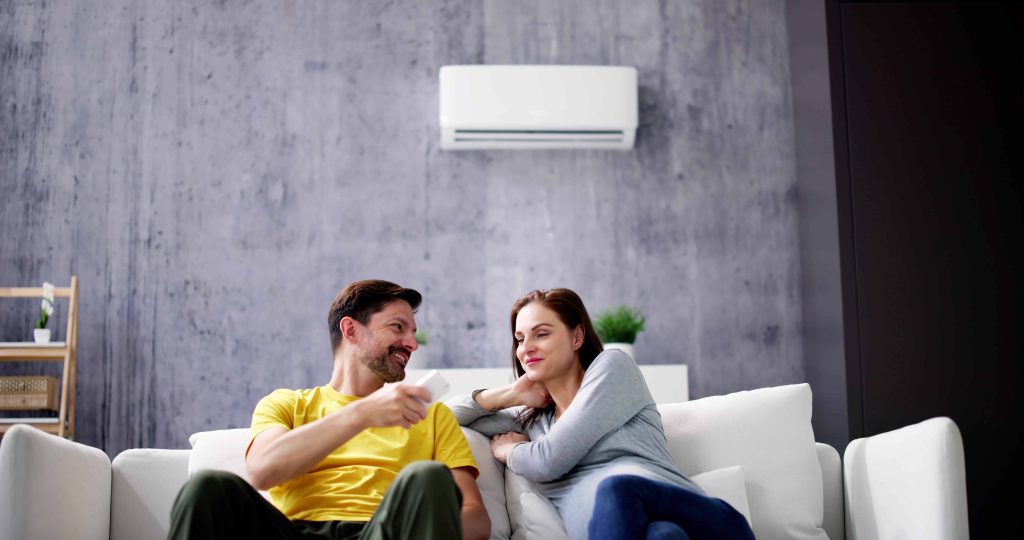
What is the difference between an air conditioner and a climate control system?
An important step in choosing a cooling unit is to clarify the difference between an air conditioner and a climate control system. In everyday language, the two terms are often used interchangeably to refer to the same thing: the device that emits the cool air we crave when the heat becomes overwhelming.
The main difference lies in their functions and capabilities.
- The term air conditioner refers to devices primarily designed to cool the air. They reduce the temperature and humidity in the environment, improving thermal comfort. Most air conditioners do not have the capability to heat the air.
- In comparison, a climate control system is more versatile because it can both cool and heat the environment. It regulates humidity and filters the air, improving its quality. These systems are often equipped with advanced thermostats and other features for precise indoor climate control, making them useful year-round.
While an air conditioner focuses on cooling, a climate control system offers a broader range of functions such as heating, cooling, dehumidifying, and air purification.
How to install an air conditioner
Aesthetics and air conditioners: it is not just about the design of the indoor unit, but also about the possibility of avoiding drilling into your home's walls to install the external unit. This is especially important for those living in certain areas, such as historic districts, where there are urban planning restrictions. The solution lies in installing air conditioners without an external unit.
The external unit typically houses the motor and is usually installed under windows or on balconies. Air conditioners without an external unit have the motor integrated into the indoor unit (the split) and are equipped with vents to circulate air outside. These units are practically invisible, have no aesthetic impact, and are still effective.
This alternative comes with its pros and cons.
- One advantage is their versatility. With numerous designs available, these air conditioners can perfectly blend into almost any home environment.
- They are particularly useful for overcoming architectural restrictions in certain buildings and solve the problem of noise generated by external units. Additionally, the absence of an external motor simplifies maintenance.
On the downside, air conditioners without an external unit may be less energy-efficient. They also need to be installed on a wall that faces the outside, as air must be vented through the vents.
Finally, noise is a factor to consider. Since the motor is integrated into the indoor unit rather than being placed outside, it may be more bothersome for the residents. This issue can be mitigated by choosing a high-quality model.
Financial incentives and benefits for air conditioning
The UK government offers various schemes and grants to encourage the installation of air conditioning systems in homes and businesses. Here are some key options to consider.
Renewable Heat Incentive (RHI)
- Eligibility: available to businesses and non-domestic properties.
- Benefits: provides payments over seven years for installing eligible heat pumps, including air source heat pumps.
- How to apply: visit the Ofgem website for detailed information and application procedures.
Local Council Schemes
- Eligibility: varies by local council.
- Benefits: many councils offer grants or subsidies for energy-efficient upgrades, including air conditioning systems.
- How to apply: reach out to your local council to inquire about available schemes and application processes.
The criteria and available funding for these schemes can change, so it is crucial to stay updated by consulting the relevant government departments or local councils.
Consider working with a qualified energy advisor who can help you assess your needs, identify suitable grants or schemes, and guide you through the installation process.
Other posts
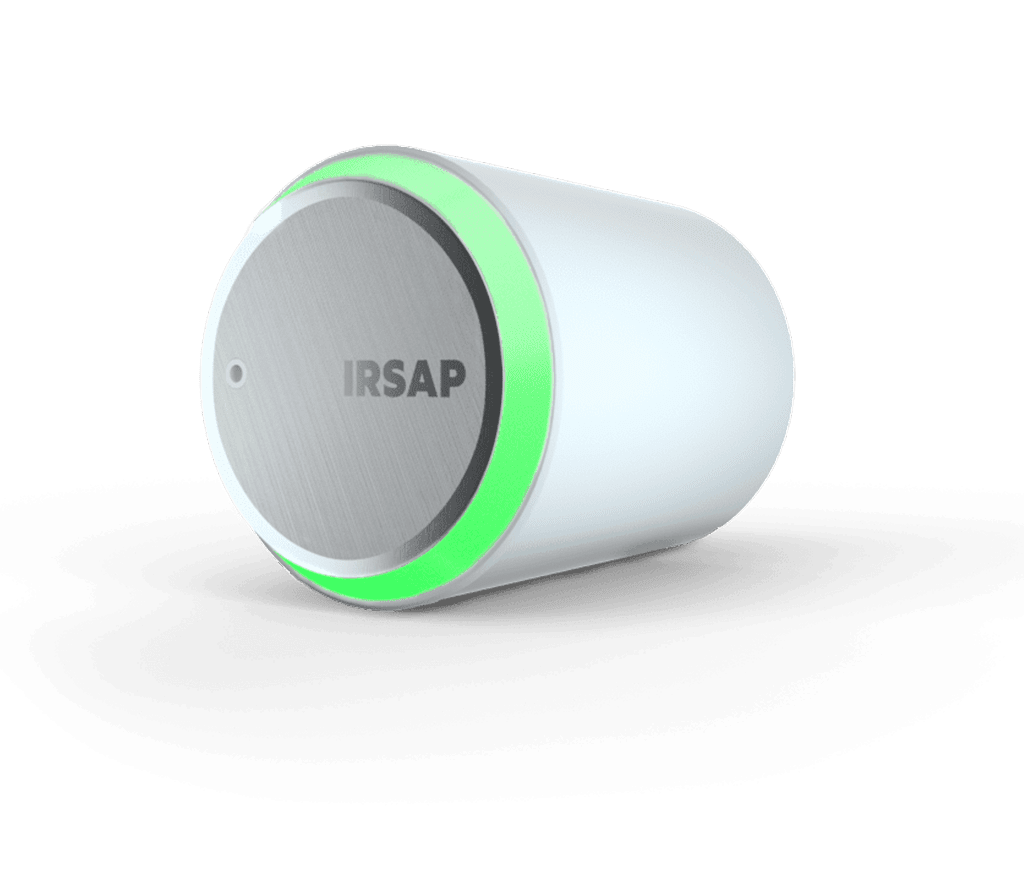
Smart Valve
Controlla la temperatura di ogni singola stanza senza l'esecuzione di opere murarie o elettriche. Le nostre Smart Valve sono compatibili con tutti i marchi di radiatori e i principali produttori di valvole idrauliche.
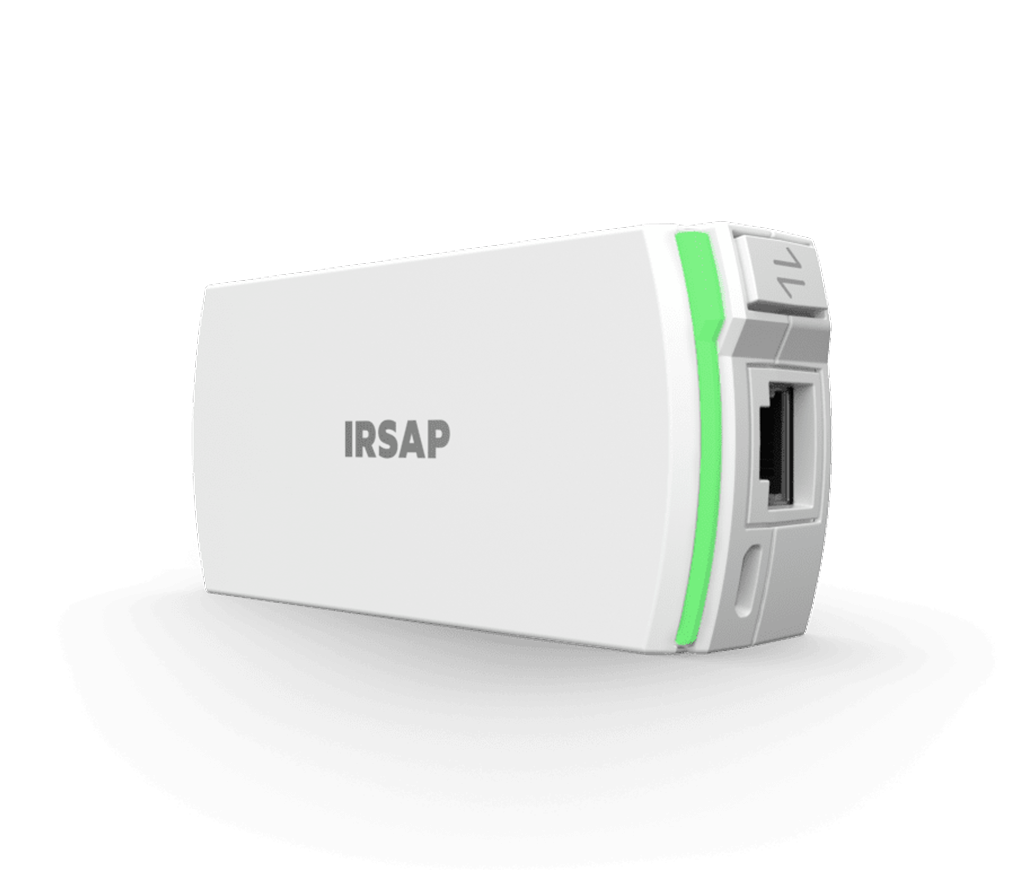
Connection Unit & Repeater
La Connection Unit va collegata al router di casa ed è indispensabile per controllare tutti gli altri dispositivi del sistema dove e quando vuoi direttamente dal tuo smartphone tramite App.
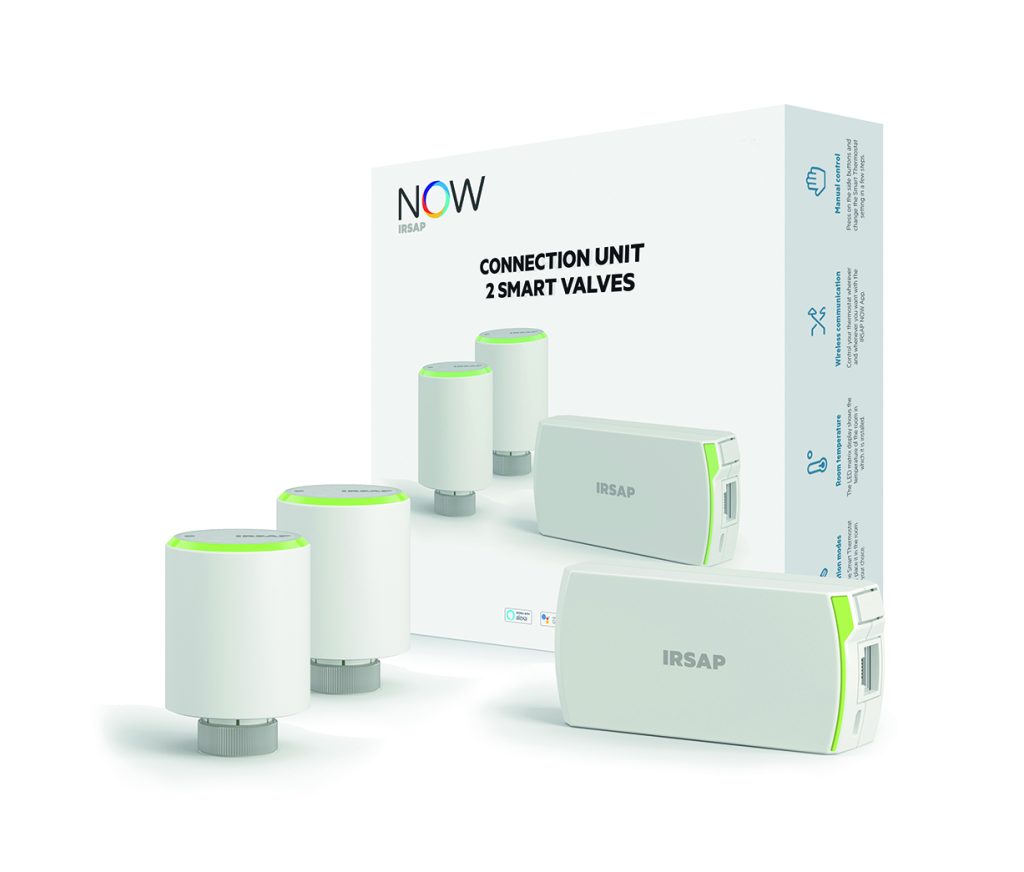
Kit Smart Valve
Ottieni il massimo del comfort e imposta la temperatura ideale di ogni zona della tua casa con il Kit Smart Valve. Controlla la temperatura dove e quando vuoi tramite smartphone. Le nostre valvole termostatiche intelligenti sono compatibili con tutti i marchi di radiatori e i principali produttori di valvole idrauliche.







